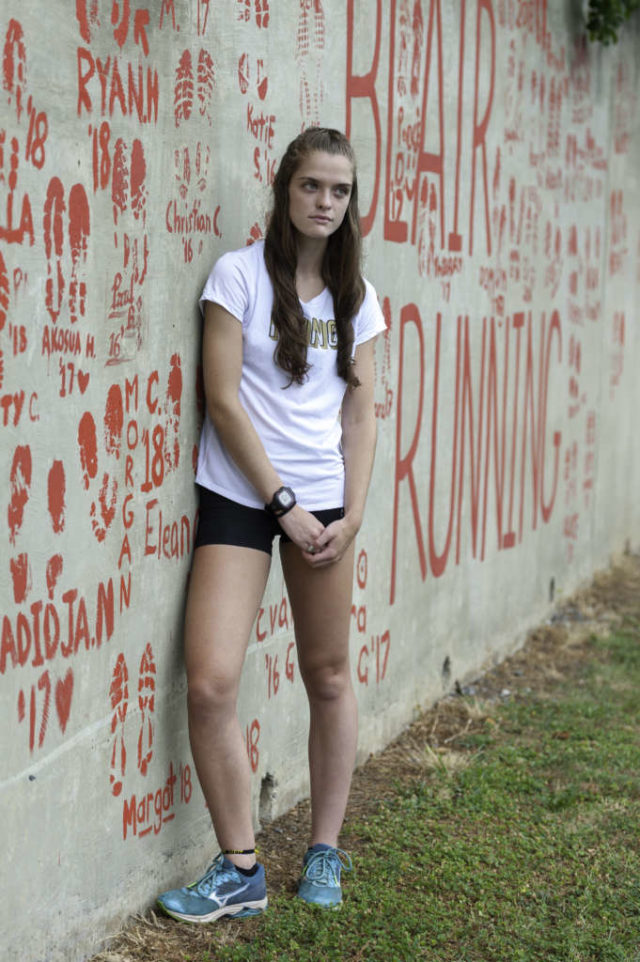
As the Montgomery Blair High School cross country team geared up for its weekly long run, Morgan Casey felt a pang of hunger. She would silently grind through the discomfort, and eventually it went away. This habit only worsened as the year wore on. By the end of her junior year, Casey was at least seven pounds lighter than the beginning of the year, a state champion, and anorexic.
She is not an anomaly. A 2007 study found that around 20 percent of female high school athletes self-reported disordered eating. Athletes tend to underestimate disordered eating and eating disorders, however, so the actual number could be much higher. This problem continues, and may even intensify, in college. One Columbia University study found that 35 percent of female college athletes were at risk of developing anorexia nervosa, and 58 percent were at risk of developing bulimia nervosa. Those with eating disorders face worsened physical health and a are also a high risk of suicide. With a mortality rate of about 10 percent, anorexia has been called the “most fatal mental health disorder” by the National Institute of Mental Health.

Rolling Hills of Cement
Cross country is a rough sport. Athletes brave all kinds of weather and all kinds of terrain; they run on hills, rocky trails, mud and sometimes even through creeks. Sometimes that iconic and pastoral racing environment isn’t available every day, but even in a “concrete jungle” with some of the worst traffic in the nation, many D.C. runners still log those miles.

